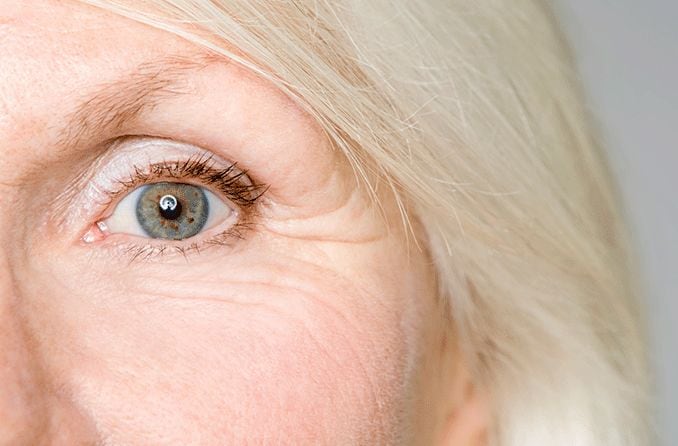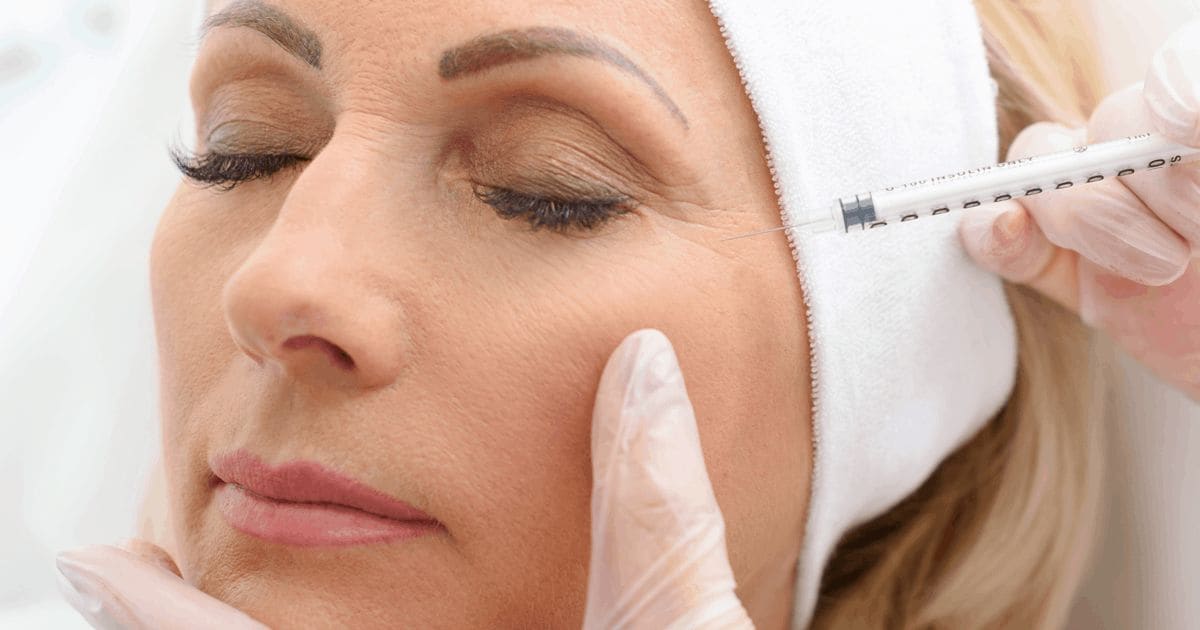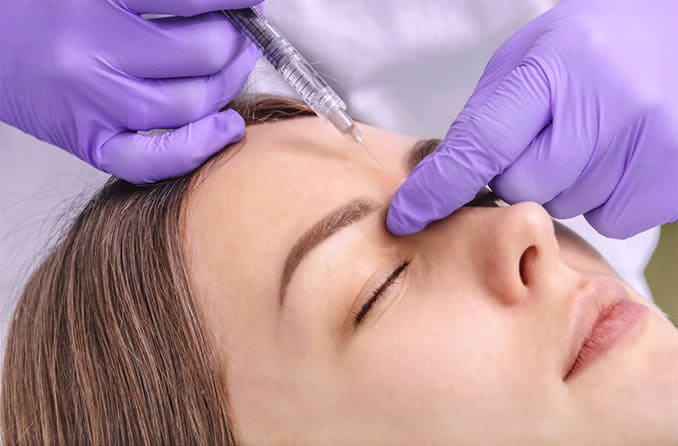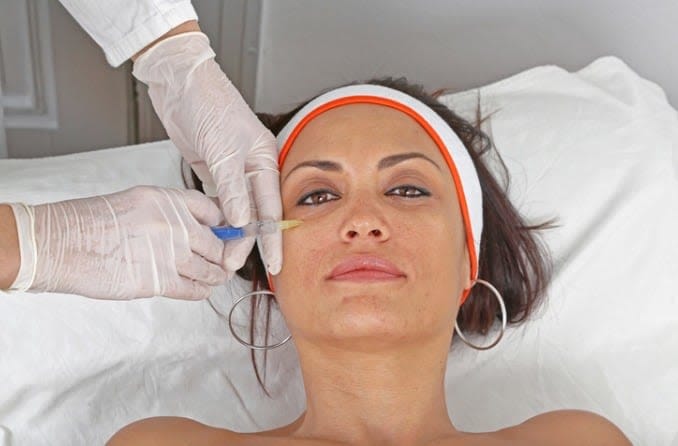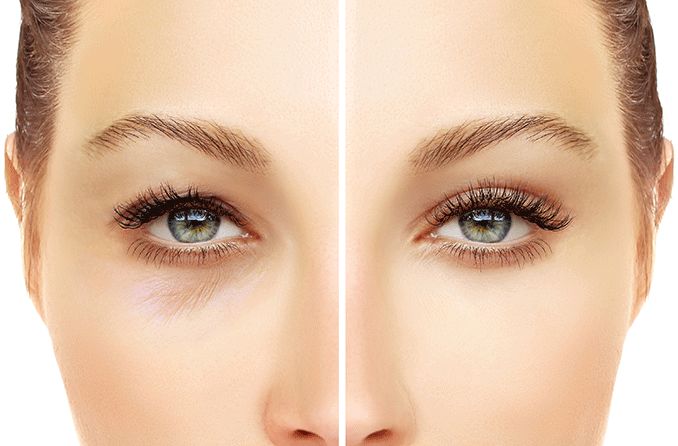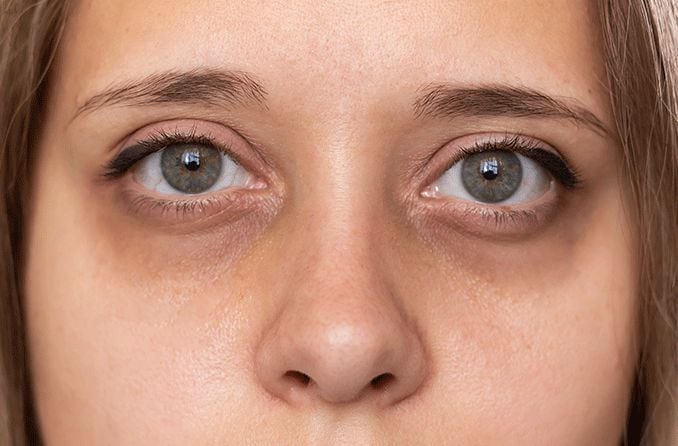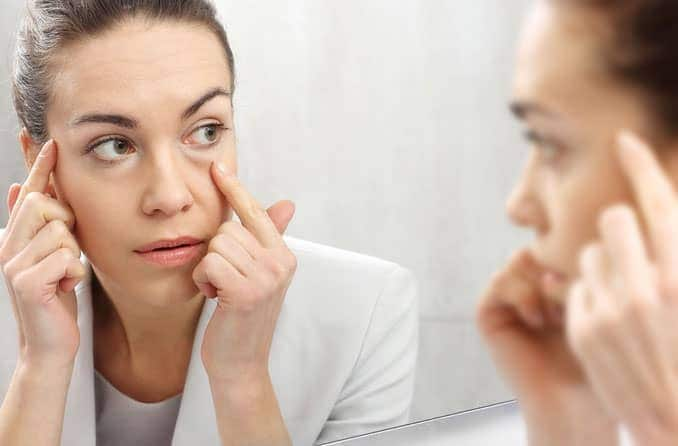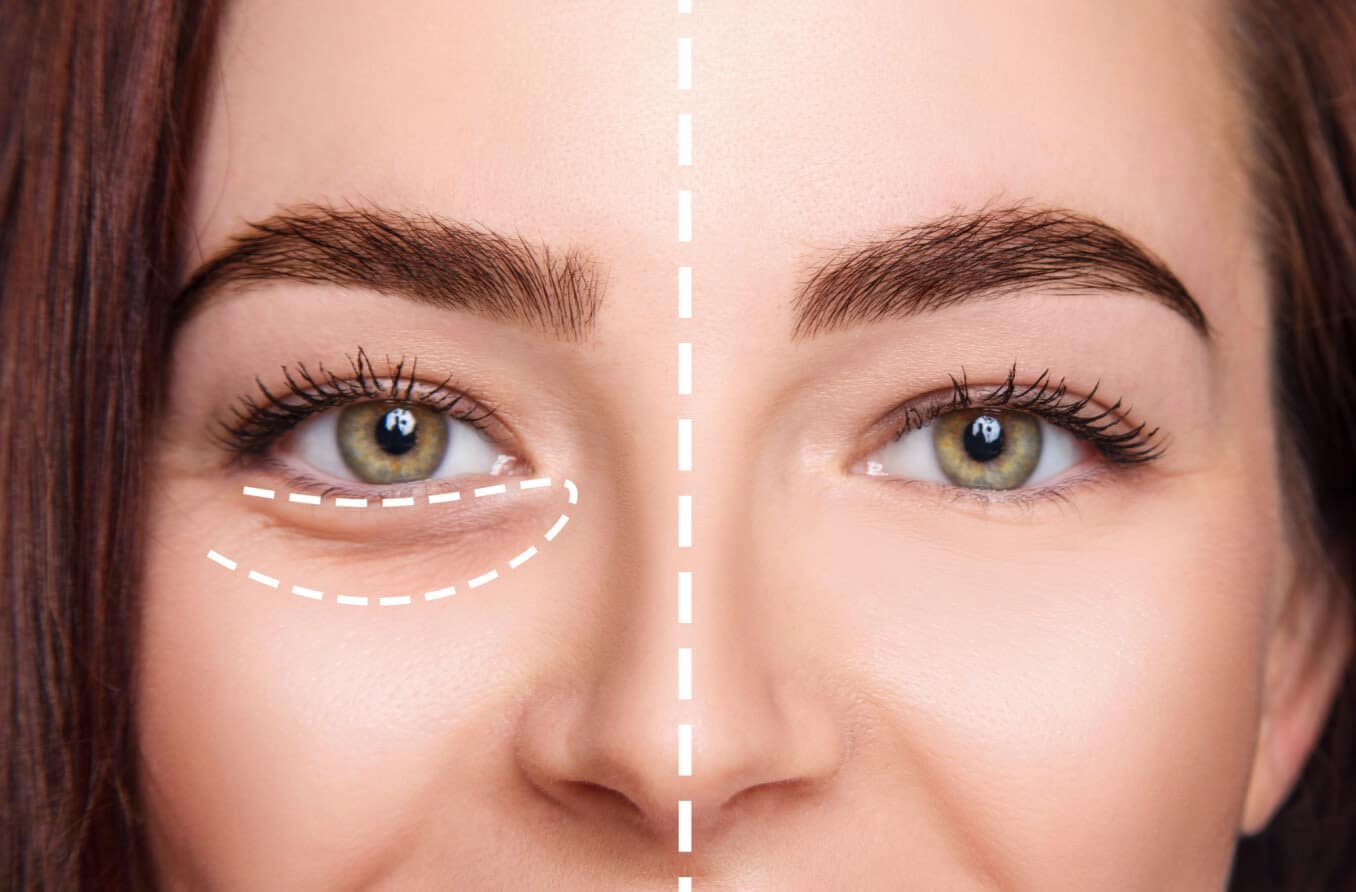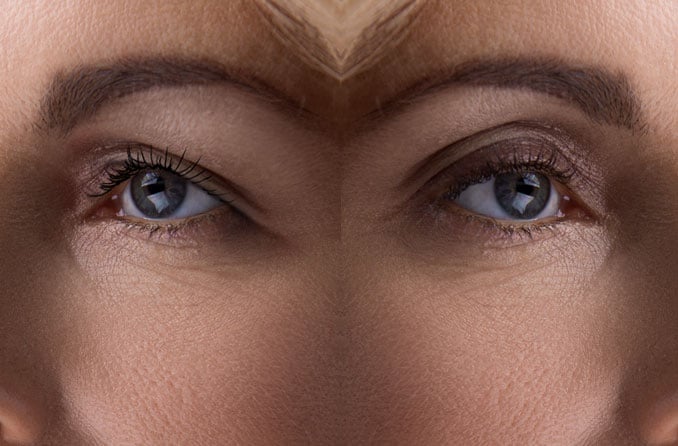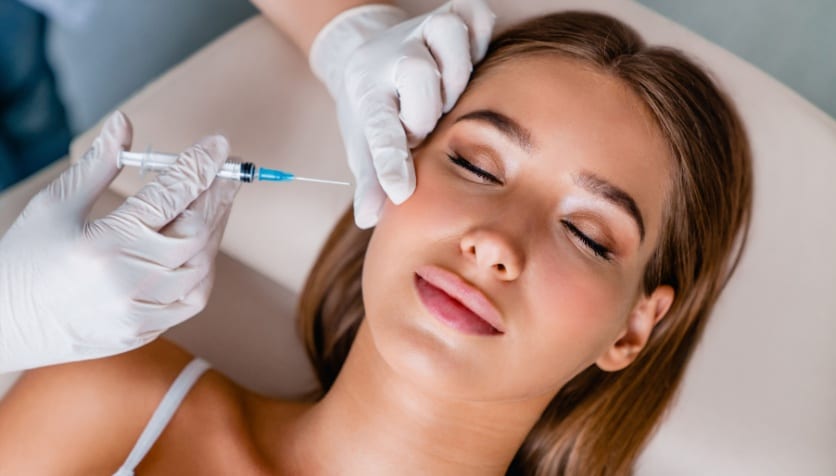Everyone notices the eyes first, so you may be a little self-conscious if you have those eye wrinkles known as crow’s feet.
Crow's feet are distinctive wrinkles that fan out from the outer corners of the eyes. Some dermatologists suggest learning to love your crow’s feet — they add character to your face and may make your smile seem more genuine.
But if you’re determined to get rid of your crow’s feet, or prevent them from forming in the first place, there are steps you can take — including seeing your eye doctor for an eye exam if you start to squint. Frequent squinting can cause crow’s feet — but more importantly, it’s a sign you might need vision correction.
What causes crow’s feet?
Like any other kind of wrinkles on the face, you may get crow’s feet around the eyes as you age and the skin gets thinner and loses collagen and moisture. Here are some of the factors that can contribute to their development:
- Aging – Brow furrows, crow’s feet, laugh lines and other facial wrinkles form due to natural chronological aging and also premature aging from sun exposure. Good skin care can delay formation of wrinkles and make them less obvious.
- Cigarette smoking – Chemicals from smoking may contribute to premature aging including development of thinning skin and fine lines and wrinkles around the eyes and mouth.
- Facial expressions – Smiling, scowling, squinting and other facial expressions can contribute to the development of crow’s feet over time. There’s not much you can do about this, but it is a factor.
- Sun damage – The skin around your eyes is very delicate, and exposure to UV rays can cause premature aging and wrinkles, including crow’s feet. Premature aging caused by sun damage is known as photoaging.
- Squinting – Constant squinting can also cause crow’s feet or deepen lines around the eyes. Squinting may be a sign you need glasses, contacts or laser eye surgery to correct your vision. Patients may squint or experience eye strain as a result of nearsightedness (myopia), farsightedness (hyperopia), astigmatism or presbyopia, a condition common after age 40 that makes it harder to see up close and may require reading glasses.
Crow’s feet: Botox and other treatments
Wondering how to get rid of crow’s feet? Botox is a commonly used treatment for crow’s feet and other wrinkles around the eyes. Botox Cosmetic is U.S. Food and Drug Administration (FDA) approved to treat frown lines between the brows but is also used off-label to treat other wrinkles on the face.
Botox treatment for crow’s feet consists of injections of botulinum toxin into the muscles on the face, which blocks nerve signals to the muscles. This prevents the muscles from contracting and makes the skin over the muscle appear smoother.
Other crow’s feet treatments include:
- Chemical peels – Chemical peels can be used to treat crow’s feet by applying a chemical solution to remove the outer layer of older skin, which reduces the appearance of wrinkles.
- Dermal fillers – Dermal fillers such as Juvéderm, Radiesse, Restylane or Sculptra. These soft-tissue fillers must be injected by a dermatologist into the crow’s feet.
- Laser resurfacing – Laser resurfacing uses a laser to remove the outer layer of old skin cells and soften the appearance of the skin.
It’s best to talk to a dermatologist to determine which treatment may work best for the crow’s feet around your eyes.
How to hide crow’s feet
You have a few choices for how to hide crow’s feet, including using makeup or wearing stylish glasses with tinted lenses.
Using makeup
You might be able to camouflage crow’s feet with the right makeup. Prevention Magazine recommends using a silicone-based primer to fill in wrinkles, applying a light- to medium-coverage foundation with a sponge and using an eye brightener. Avoid finishing your makeup with powder, which can emphasize wrinkles.
Wearing eyeglasses
If you wear prescription glasses or readers, another option for hiding crow’s feet is to choose larger, bold frames in an eye-catching color. Interesting frames can disguise crow’s feet by drawing the eye to the glasses.
How to prevent crow’s feet
Taking good care of your eyes and your skin can help to prevent crow’s feet naturally. The good news is that many of the steps you can take are also good for the overall health of your eyes and skin.
Get an eye exam
Regular eye exams are important for your overall eye health and maintaining good vision. And since repeated squinting to see faraway signs or small words on a page can contribute to the development of crow’s feet, seeing your eye doctor regularly may even help to prevent them.
Shield your face from the sun
Use a broad-spectrum, water-resistant sunscreen with an SPF of 30 or higher as recommended by the American Academy of Dermatology. It might be best to use a mineral sunscreen made with zinc oxide or titanium dioxide around your eyes to avoid eye irritation. If you notice eye irritation, don’t give up! The best sunscreen is the sunscreen you’ll use every day, so compare ingredients of different brands and find the formula that works best for your eyes.
According to the American Cancer Society, adding a hat with a brim that sticks out at least two to three inches will also help to protect the skin around your eyes.
Wear quality sunglasses
Buy (and wear) a pair of high-quality sunglasses that block 99% to 100% of UV rays. If you’re doing an activity like boating or skiing where glare may be an issue, consider polarized sunglasses to keep you from squinting and to prevent eye strain. Good sunglasses can also serve as extra protection from developing skin cancer on the delicate skin around your eyes.
Use face moisturizer
A high-quality face moisturizer is an important part of an anti-aging skin-care routine. Regular moisturizing can keep your skin supple and prevent or delay formation of face wrinkles such as crow’s feet and laugh lines.
If it’s been a while since you had a comprehensive eye exam, make an appointment with your eye doctor. In addition to checking your eye health and vision, your eye doctor can make a referral to a dermatologist oculoplastic surgeon if you're concerned about crow’s feet or other cosmetic eye issues.
